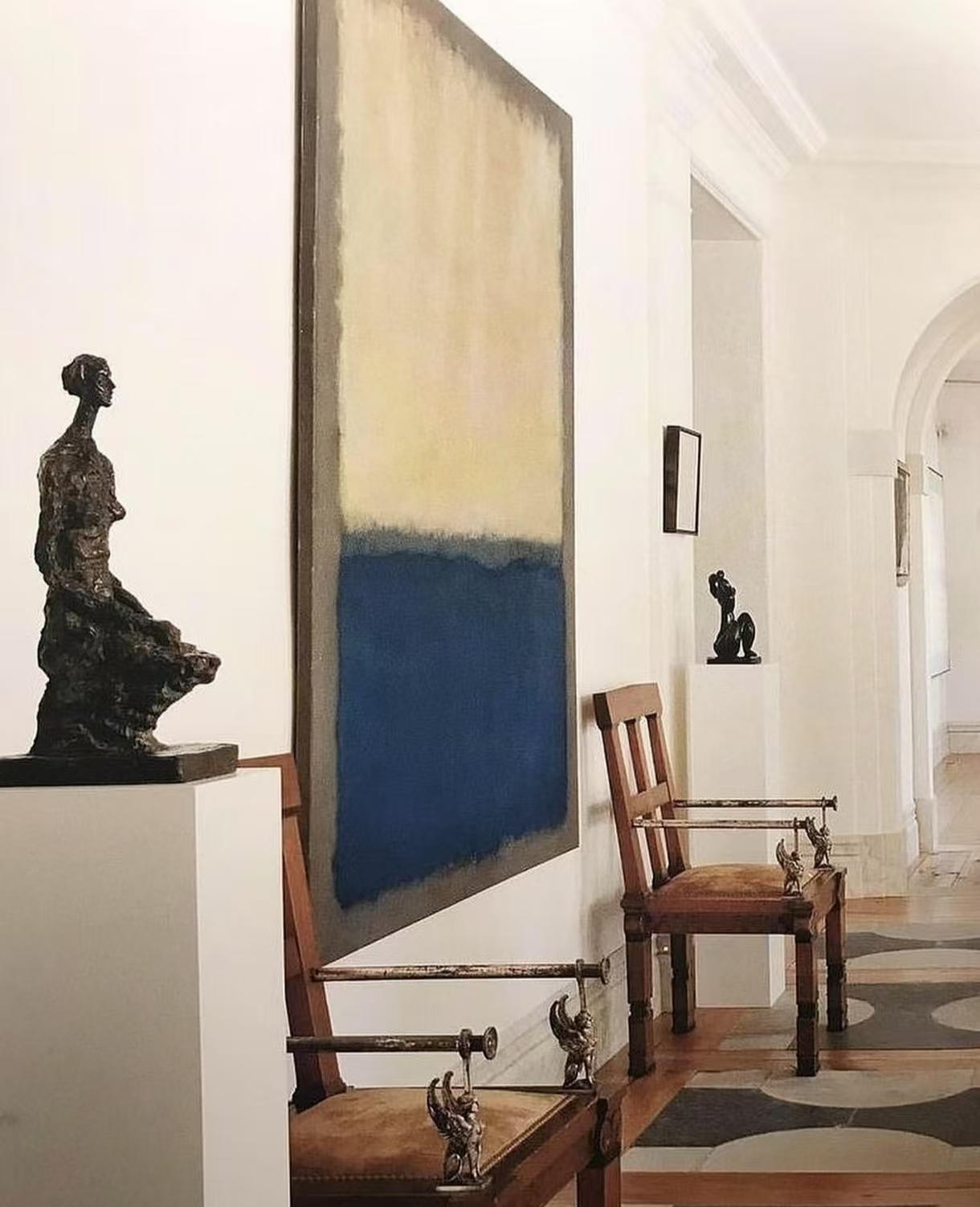When someone asks,“Can you recommend me a potential artist?”—it often reflects the wrong starting point. In art collecting, the right question isn't who to buy, but why you want to buy and what your budget is. Only when these two variables are clear can a suitable artist truly be recommended.
There are generally two types of art buyers: To-B (business) and To-C (individual/consumer).
To-B Buyers (Business Use)
● Corporate Gifting
● Office or Hotel Art Display
● Sales Center / Real Estate Showroom Decor
● Creative Park or Public Space Installations
What matters here: visual harmony, symbolic meaning, and scene adaptability.
To-C Buyers (Individual Collectors)
● Home Decor (Casual or Luxury)
● Personal Taste & Enjoyment
● Art Gifts for Friends/Partners
● Long-term Investment & Value Preservation
What matters here: resonance, personal emotional response, long-term artistic potential.


Step 2: Know Your Budget
Your purchasing power sets the framework for evaluating what “potential” truly means. Below are three tiers most relevant to collectors:
Tier 1: Entry-Level (Under $10,000)
This is the starting point for over 95% of collectors—and coincidentally, 95% of artists can’t break this threshold. This tier is ideal for:
● Discovering emerging talents
● Learning the market through direct experience
● Exploring online or independent galleries
Tip: Don't rush to find“investment pieces.”Instead, buy what challenges your eye and heart, then build your collecting eye from there.
Tier 2: Mid-Level ($10,000 – $100,000)
At this level, artists are usually:
● Represented by formal galleries
● Exhibiting steadily in group or solo shows
● Being written about in regional or national art media
While prices here are more stable, they are still influenced by trends and gallery promotion. Some risk of market correction exists during downturns.
Tier 3: Institutional Level ($100,000 )
Artists at this level are supported by:
● Top-tier galleries
● Auction houses
● Institutional collectors
Their works are hard currency in the art world, backed by strong PR, museum inclusion, and secondary market visibility. This tier is mainly for advanced collectors or investment groups.
Counterintuitively, in economic downturns, Tier 3 artworks may trade more actively due to market consolidation and capital flows.
When you’re not yet confident in evaluating an artwork's uniqueness, try this approach:
Art collecting should be about research, discovery, and emotional investment—not just following market trends. Collectors who build their collection around a theme or perspective often create more enduring value over time.
Study the Artist — Not Just the Work
● Listen to interviews or talks
● Understand their worldview, not just their technique
● Ask:“Is this artist repeating history, or expanding it?”
Conclusion: Think Long-Term, Trust Your Eye (and Heart)
Buying art isn’t just a transaction—it’s a dialogue between your worldview and the artist’s. Whether you’re spending $1,000 or $100,000, remember:
● Learn before you leap
● Don’t fear“mistakes”—every piece teaches you something
● Over time, your eye will become your best asset
